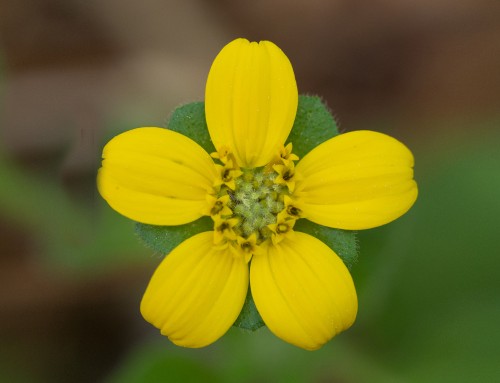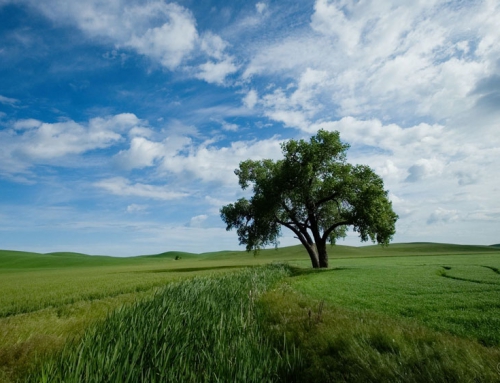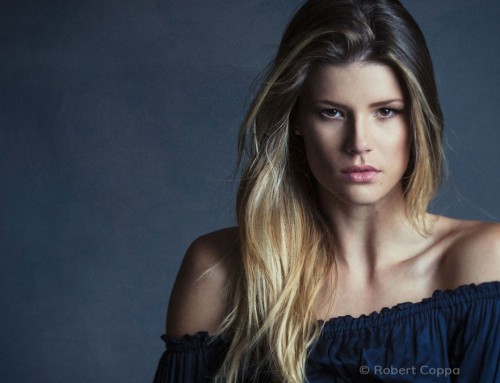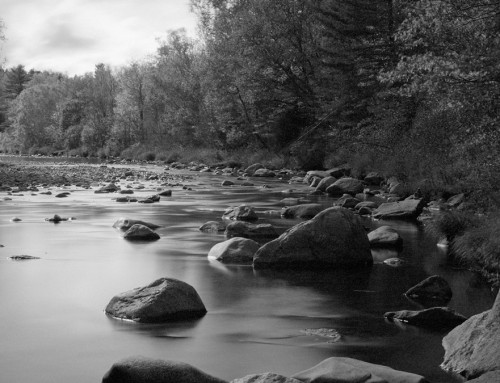Removing distracting elements from photos can transform okay shots into great ones. This tutorial demonstrates several techniques for removing unwanted distractions from images. Watch the video and learn how to eliminate different types of distractions and which tools to use to remove them believably.
Photos: Kyle S Ford
Transcript
Small Distractions
The Spot Heal tool is effective for removing small distractions from photos. This tool automatically selects a sampling spot and blends the target area to match. The sample point can be relocated or adjusted to work better with the images’ content.
The spot heal tool is the first choice for portrait retouching, where it’s often necessary to remove distracting skin imperfections. We cover spot healing in detail in the Portrait Touch Up video on our website.
For slightly larger, more complex distractions to remove, set the tool to Clone mode. This enables straightforward pixel duplication without blending, which works better with textured areas. When using this tool in clone mode, several smaller strokes are usually more effective than a single large one. You can also apply strokes over the top of other strokes, depending on the context.
Edge Distractions
If the unwanted element is located close to the edge of the frame, or if it’s too large to remove using the spot heal and clone tools, cropping the image is a simple solution.
Depending on the severity and size of the distraction, the amount of cropping needed could change the image’s orientation from portrait to landscape, or square. Use the crop ratio presets to quickly experiment with different options.
Filling the frame with a single subject removes a lot of opportunity for distractions that could take the viewer’s eyes away from the primary element. However, the less context in the photo, the less of a story the image can tell.
Focusing Attention
If completely removing a distraction from the image isn’t an option, focusing attention elsewhere can be an effective solution. Attention is naturally drawn to the areas of an image that are in focus. Adding out-of-focus areas will encourage the viewer to look past distractions.
The controls in the Bokeh panel are perfect for this. Use them to add blurring effects that realistically simulate shooting at a reduced focal length. The effects are controlled with adjustable focus regions that manipulate the transition from in-focus to out-of-focus areas. Watch the Creative Focus Effects video on our website for a detailed demonstration of using the Bokeh panel tools.
Another creative effect you can use to focus attention is a vignette. Vignettes can reduce the appearance of distractions at the edges of a photo. They are typically used to create mood in photos, but vignette effects can also be used to focus the viewer’s attention on the subject. In Exposure, it’s easy to create organic-looking, natural vignette effects that work perfectly with your photos. And, if more pronounced vignette effects are needed, Exposure’s layers can be used to stack up multiple vignettes.












